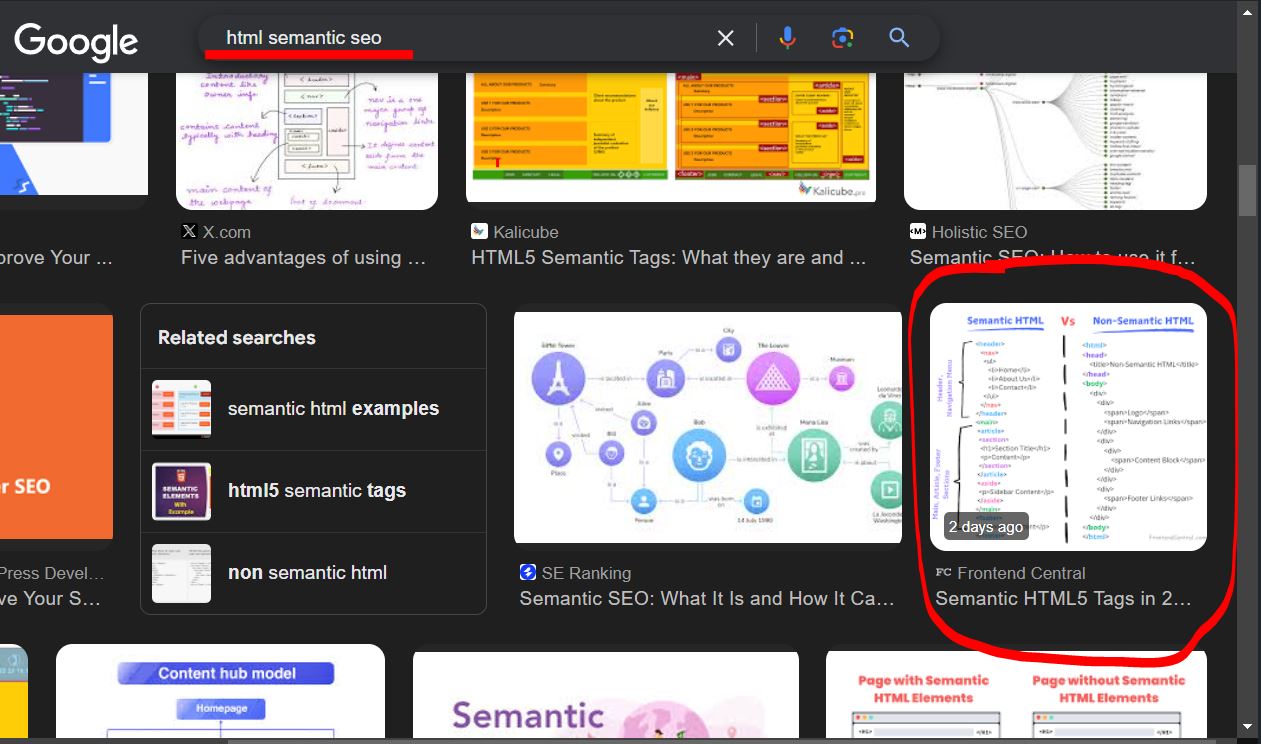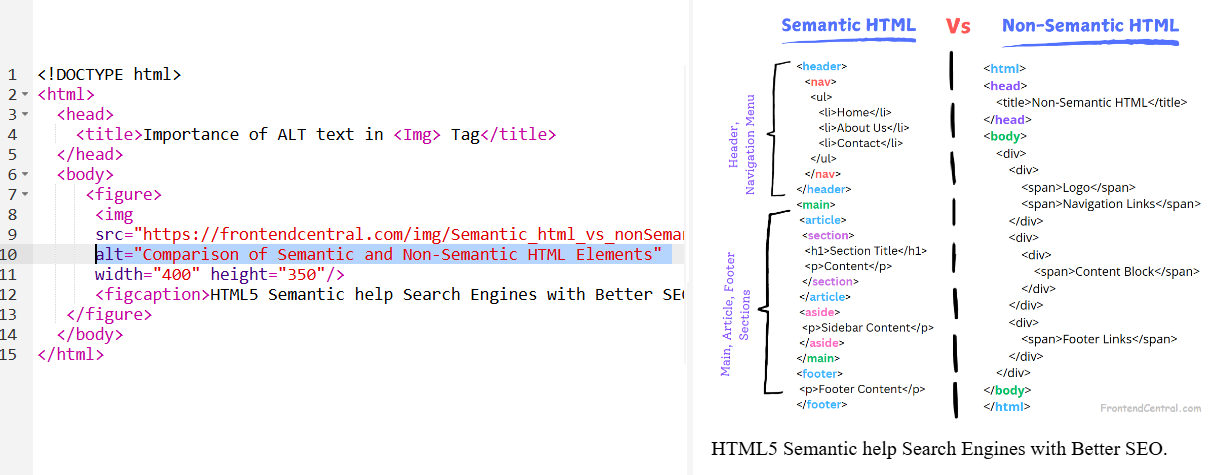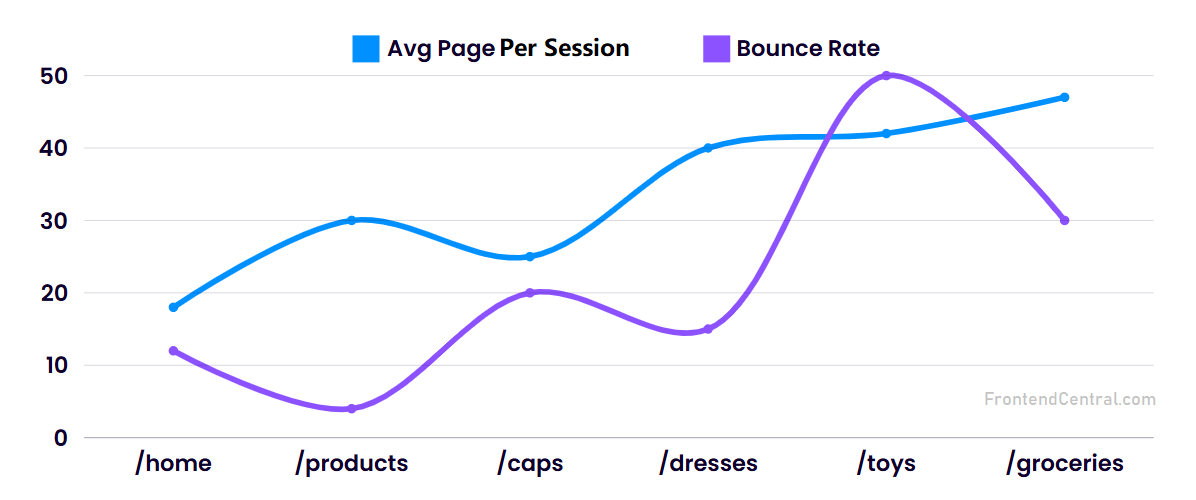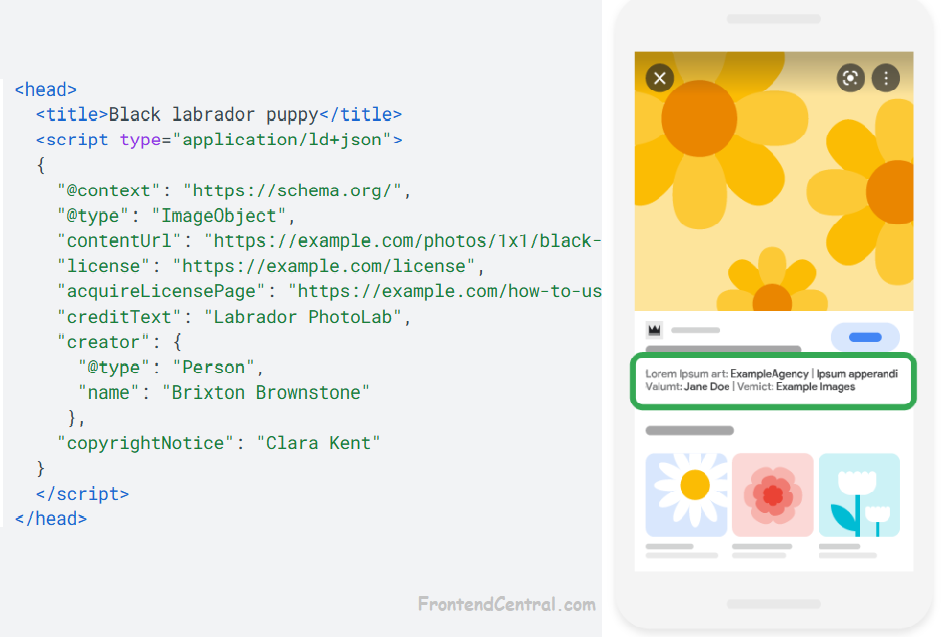What is SEO for Images?
Image search optimization is the practice of optimizing images on your website so that Search Engines like Yahoo, Google, Bing can better understand, index, and display them in Search Engine Results Page (SERPs). Optimizing images involves refining aspects such as image file size, file format, alt text, file names, captions, lazy loading, using responsive images and many other strategies.
By improving these elements, images become more accessible and search-friendly, potentially boosting traffic to your website through image search results.

Why Image SEO Matters?
Image SEO serves several critical purposes that can significantly impact your website’s performance:
1. Enhanced Search Engine Visibility:
Optimized images are more likely to appear in Google Images or other image-based Search Engines, which are often a secondary pathway for organic traffic. Google Images has a vast search volume, and appearing in these results can drive additional traffic to your website.
2. Improved Website Load Speed:
Unoptimized images can slow down your website, leading to poor User Experiences (UX) and lower rankings in search engines. Compressing and resizing images can save kilobytes (KiB) of cellular data and boost your page load time.

3. Increased Accessibility:
Alt text attribute for images is essential for visually impaired users who rely on screen readers to translate an image into words that gets read to the user. Alt text also helps search engines understand what the image represents, adding to the SEO value of your page.

4. Boosts Engagement and Reduces Bounce Rate:
High-quality, well-optimized images can make content more engaging, encouraging users to stay longer on the page. This extended engagement can lead to lower bounce rates, which is a positive signal for search engines.

Key Elements of Image SEO
To optimize images effectively, you need to focus on a few key elements that contribute to both User Experience (UX) and Search Engine Optimization (SEO). Here is a rundown of these elements:
1. File Names
Use descriptive file names with relevant keywords. For example, instead of “IMG_1234.jpg,” a file name like “sunset-beach-photography.jpg” is better. Keep the name concise but informative, incorporating keywords that describe the image.
2. Alt Text
Alt text provides a textual description of an image for screen readers, and it helps Search Engines understand the image context. Be sure to include relevant keywords naturally in the Alt text.
Tips for Writing Good Alt Text:
Alt text should give the intent, purpose, and meaning of the image.
Before writing Alt text keep the following questions in mind:
- Why is the non-text content here?
- What information is it presenting?
- What purpose does it fulfill?
- If I could not use the non-text content, what words would I use to convey the same information or function?
Alt text could be something like, “A vibrant sunset over the beach, captured in HDR photography,” instead of something generic like “photo.”
3. Image Captions
Captions, the text appearing directly under images, provide context for users and can add SEO value. While not a primary ranking factor, they can improve engagement, which indirectly benefits SEO.
4. Compress Image Size
Compress images to reduce their file size without sacrificing quality. Smaller image files improve page load times, benefiting both User Experience and SEO.
5. Modern Web Image Formats
Use JPEG for photos due to its balance of quality and file size. Choose PNG when you need transparency in your graphics. WebP, AVIF is best for modern, lightweight format that offers high quality with smaller file sizes. Prioritize the image formats based on content and context to enhance User Experience (UX) and site performance.
6. Image Dimensions and Responsive Images
Use appropriately sized images for desktop and mobile screens. Large images that are not responsive can slow down mobile load times, affecting SEO performance on mobile devices.
Consider using responsive image attributes like srcset and sizes to serve different image versions to different screen sizes.
<img
src="images/small.jpg"
srcset="
images/small.jpg 480w,
images/medium.jpg 800w,
images/large.jpg 1200w
"
sizes="(max-width: 480px) 480px, (max-width: 800px) 800px"
alt="A picturesque view of mountains during sunset"
/>
7. Structured Data for Images
Using structured data, specifically schema markup, you can help search engines understand the role of images on your page. This can enhance the chances of your images appearing in rich search results.
